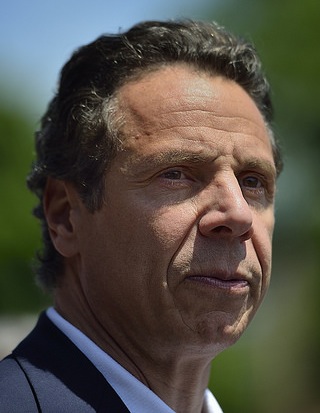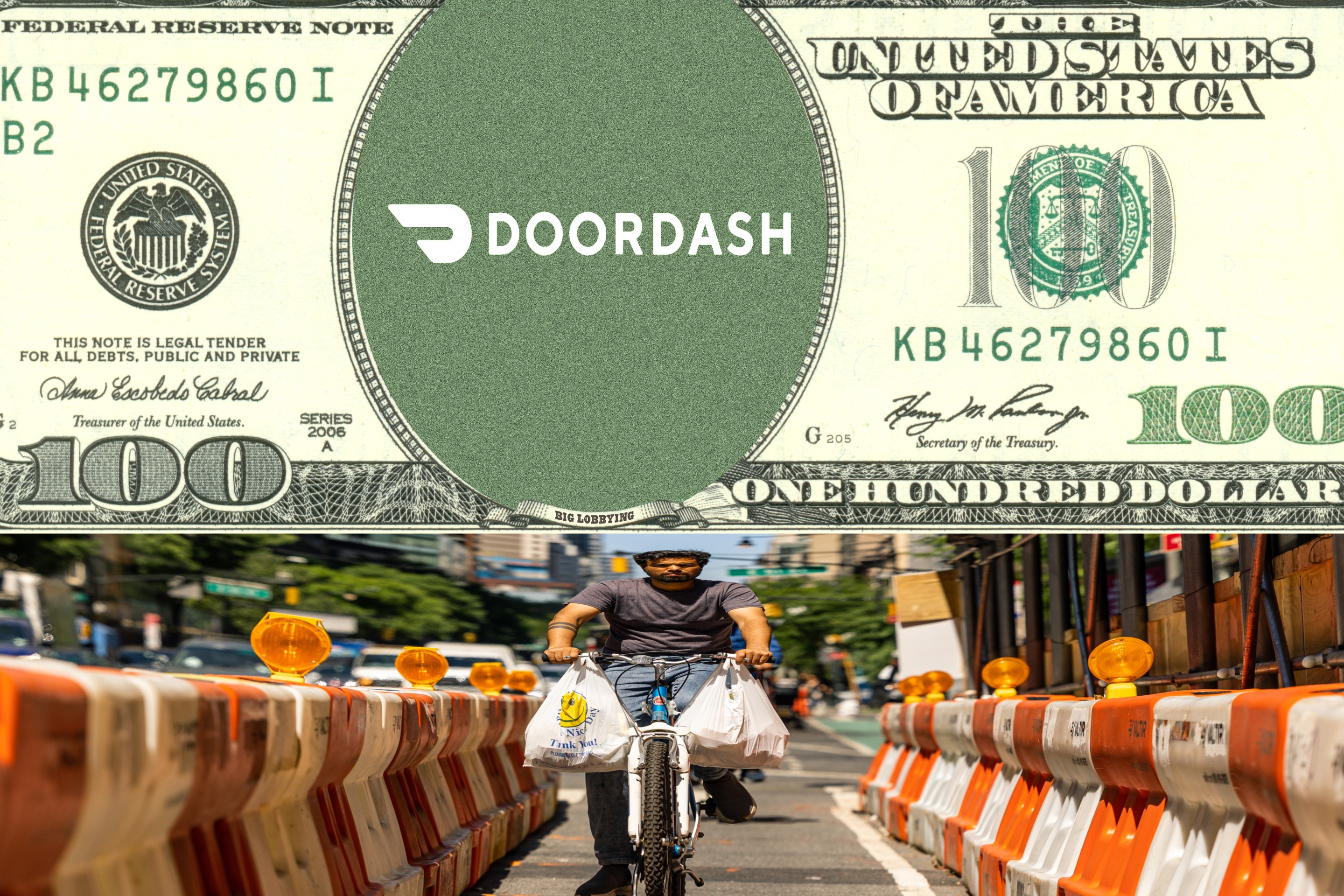When Governor Cuomo smiled for the cameras to announce labor deals with the Transport Workers Union and Long Island Rail Road unions, he promised they wouldn't push already-planned fare hikes any higher. The unanswered question was: How much will this cost, and how is he going to pay for it? Now we know: The governor's MTA is moving money away from investments in the system's long-term upkeep, widening a $12 billion hole even as a panel of experts studies ways to pay for needed improvements.

Yesterday, the MTA released its proposed 2015 budget and four-year financial plan. It reveals that labor deals, including expected settlements with Metro-North workers, will cost the authority at least $1.28 billion through 2017.
Over the same period, the MTA is expected to save $635 million through higher revenue from taxes, tolls, and fares, and better than expected savings on para-transit, energy, health care, and debt service. It's also continuing internal cost-cutting measures. The net result: There's a new $645 million hole in the MTA's budget over the next three years.
How to fill it? The authority is cutting its long-term contributions to pensions and other retiree funds, and will even dip into existing funds this year. That covers most of the gap. The rest will come by cutting the contribution the MTA makes to its capital plan, which funds both big expansion projects and state of good repair for reliable buses, trains, and stations.
The MTA's contribution from its operating budget to its capital plan is a down payment on the next round of planned investments. City, state, and federal dollars are less certain, and they're secured later to fund the majority of the program.
In February, the MTA said it planned to contribute $370 million each year from its operating budget to the capital program. If it used these funds to issue bonds, it could leverage $6.5 billion over eight years. Thanks to the new labor agreements, that number has been cut by more than one-fifth, down to $290 million a year. The MTA says this will cost the capital program $1.5 billion.
Comptroller Tom DiNapoli, assuming the MTA would contribute what it said it would earlier this year, warned last week that the capital program faces a $12 billion gap. Yesterday, that gap got $1.5 billion wider. That's not chump change: The MTA has identified $26.6 billion in capital needs over the next five years.
Paying for the capital plan with more debt brings big risks. The MTA has already increased its debt load to record levels to pay for capital investments. In fact, 17 cents of every dollar the MTA spends in its 2015 budget goes to debt service, costing the authority $2.4 billion a year. That's about how much it costs to operate Metro-North ($1.2 billion) and Long Island Rail Road ($1.4 billion) combined. Without changes to the status quo, paying off that debt will ultimately fall to straphangers, since fares and tolls comprise a majority of the MTA's operating income. In other words, by pushing costs to the capital program, the labor agreements could result in a fare hike -- just not right now.
It doesn't have to be this way. The governor has appointed a "transportation reinvention commission" to study, among other things, ways to fund the capital program. It's set to release recommendations in September, less than a month before the MTA sends its next five-year capital plan to the state. With the latest cut to the capital plan's funding, the need for other sources of revenue just became even more pressing.





